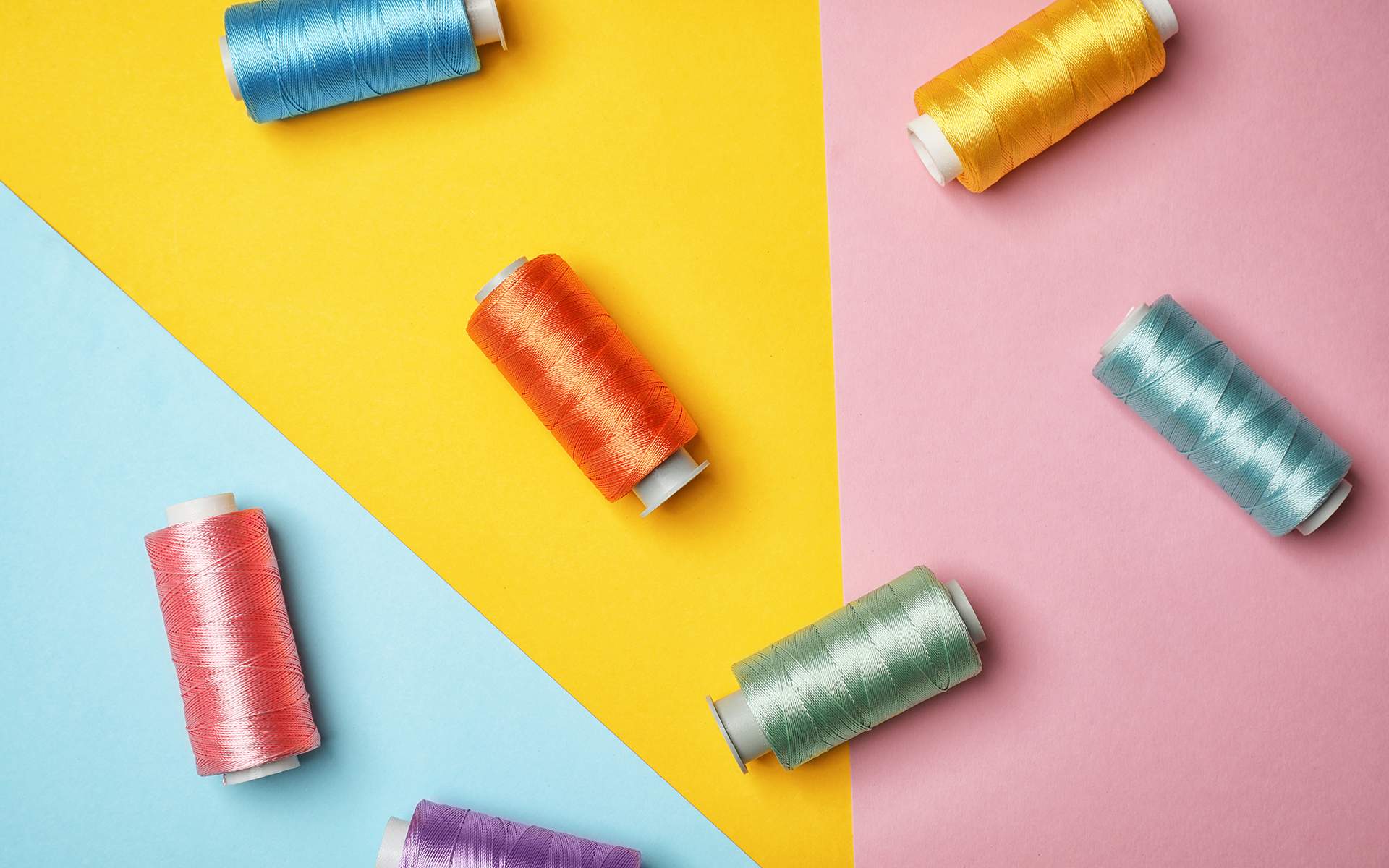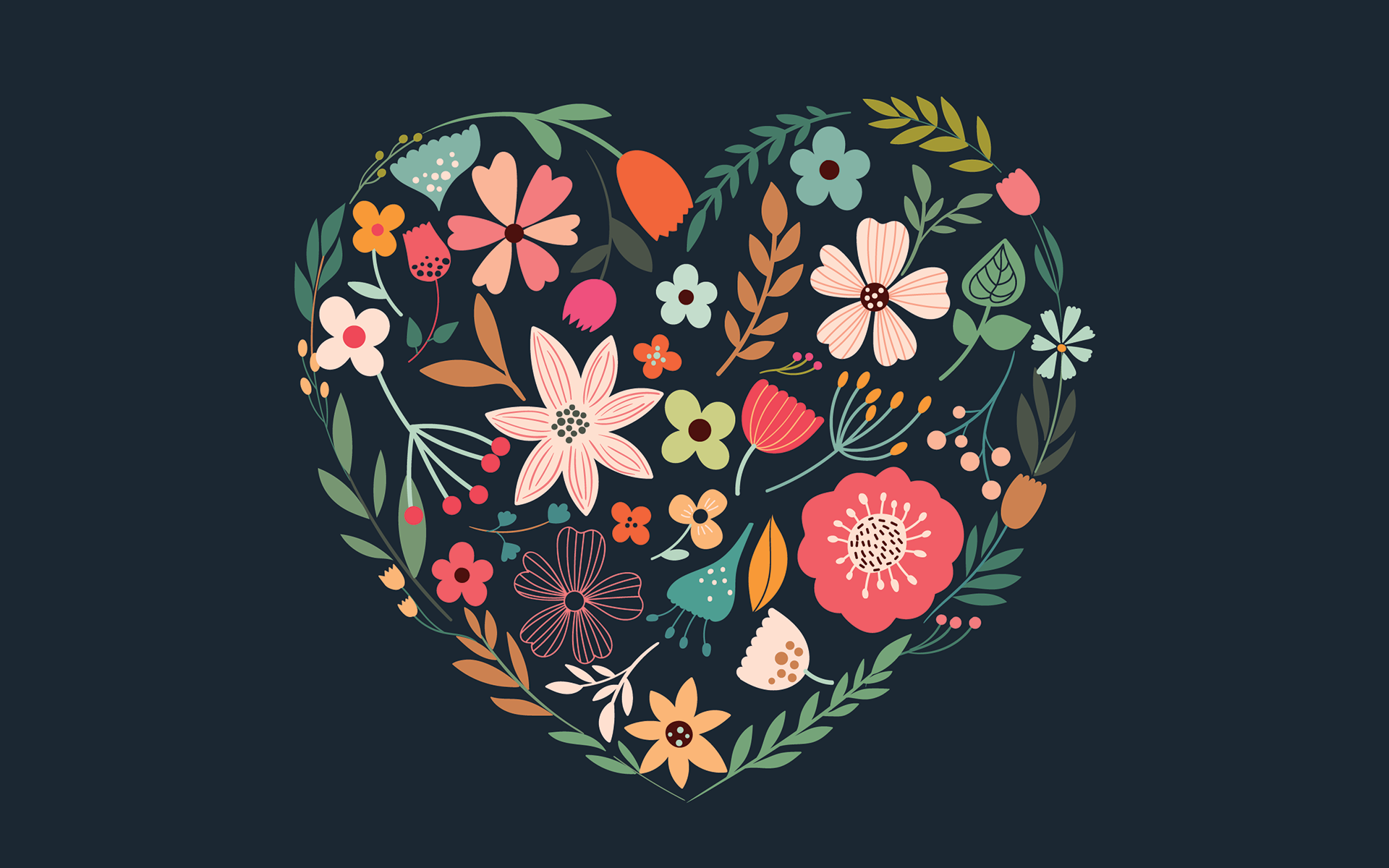I love clothing. And shopping. But shopping for clothing has rarely been a pleasure. I’ve always been hard to fit—short and fat, with a large differential in my waist and hip measurements. So pants that fit my hips gape at the waist and trail well past my feet, needing to be shortened or cuffed six or seven inches. Tops that fit my bust are loose in the shoulder and long in the sleeve. And because fast fashion—the clothing available in every store in your local mall—has been the most accessible to me, because of budget and size constraints, I have always come home with what fits well enough, rather than what expresses my style or matches my values.
As I’ve become a more conscious consumer—preferring to support small businesses in my neighborhood over multinational chains, seeking out local farmers to supply my fruits and vegetables, meat, milk, and cheese, choosing companies that treat people and the environment well for goods I can’t find a local supplier for—I’ve been stymied that my clothing remained an outlier.
Until, that is, I learned to sew.
A Stitch In Time
I learned to sew in 2016, at a little fabric shop and sewing studio around the corner from my house. I took a beginners’ sewing class, and learned to make an infinity scarf.
That first project was uneven, with seams that didn’t totally lie flat, but it led to many more (everyone got an infinity scarf for their birthday that year), and I was hooked. I took an easy alterations class and learned how to shorten the pants that were always too long for me. I took more classes, spent more time practicing, and eventually began making my own garments. Five years after that first class, I now have an entirely handmade wardrobe, from undergarments to jeans, to outerwear including a rain jacket, and a winter coat made from cozy boiled wool. From a wardrobe point of view, not only do my handmade clothes fit, they are in the color, print, and fabric quality of my choosing. I know how and where they were made—and just how much time, effort, and skill go into something as simple as a T-shirt, as ubiquitous as a pair of jeans, as essential as a rain jacket. Even when my sewing isn’t as careful as it could be, I know I’m still going to emerge with something better than what I could get at the mall—better in every way.
Sewing is the ultimate in slow fashion. Every part of it requires time and attention, and a willingness to explore the minutiae of the garment at hand. When you sew for yourself, you engage deeply with the reality of your body as it is. That waist-hip differential becomes not a problem with your body, but a bit of math and a few pencil strokes on tracing paper to grade a pattern between sizes. A small shoulder or full bust adjustment happens without judgment, but simply with acknowledgment: This is what is, this is what’s needed. When I sew, I am less in conflict with reality, and spend much less time staring sadly into a mirror wishing things were different, or feeling bad about myself. Instead, I feel empowered to give my body what she needs—clothes that don’t gape, or dig in, or fall down, or feel like they were pulled from someone else’s wardrobe.
And while sewing for myself is practical, it also has the happy result that I am almost always wearing exactly what I want to be wearing, with lots of room for flights of fancy. Though I now work (and grocery shop, and attend events, and visit with family, and everything else) from home, my sewing throughout these pandemic days has tended toward dramatic sleeves and luxurious fabrics—even though no one sees me in person but my spouse these days (who very happily snaps the photos that help me document my makes on Instagram).
I haven’t purchased clothing since early 2017, but when I did shop, an investment of a few hours would result in a bag or two of clothing items, some of which would never or rarely be worn. I probably spend at least as much on fabric as I used to spend on clothing—sewing for yourself is by no means inexpensive! But my wardrobe is more carefully chosen and much higher quality than it used to be. Slow and steady builds the wardrobe, and if I make something that for one reason or another doesn’t work, I can either take it apart and make it work, turn it into something else (a dress from my early sewing days that just didn’t fit right became a totebag, for instance), or save it to stuff a handmade floor pouf (the first one I made contains all the scraps and trial projects from my first three years of sewing, and is a comfy and stylish place to rest my feet while I’m reading).
Threading the Needle
“Don’t pull it or force it,” my teacher advised as we learned to feed fabric through the machine. Pulling it and forcing it were, at the time, two of my most-reached-for tools in life. Being in the moment of the sewing lesson let me see that pulling and forcing might not, actually, be optimal in life either. At my sewing machine, I learned that it was important to be present, paying attention to the fabric, the instructions, the machine, and my fingers. At the same time, it was important to relax, to find ease. I also received many lessons in grace and self-compassion.
During my first garment-making class, I messed up sewing the sleeve on a top. I made a common mistake—fabric from the body of the shirt got caught up in the sleeve. “The Stephanie Domet special,” I joked to my teacher, who replied, kindly, “You are so hard on yourself.”
Her comment opened a space for me to be with myself, noticing and interrupting my very chatty inner critic. It was, after all, the very first sleeve I’d ever tried to sew onto a shirt (never mind that I made the same mistake on the other side, which was, after all, only the second sleeve I’d ever tried to sew onto a shirt). It was a mistake easily undone. And, it turns out, rushing to judge myself before anyone else could was simply unnecessary—and it sure didn’t help me learn and build my skills.
There’s a hashtag sewists use on Instagram—#smyly or, sewing makes you love yourself. That’s been true for me, whether because sewing has allowed me to clothe my body in a way that matches my inner self-expression, or because sewing has invited me to slow down, be a beginner (there’s always something more to learn, some more complicated project to undertake), or given me a sense of self-sufficient capability, or some combination of all of that. There’s another hashtag popular with sewists—#sewingismysuperpower. The best part about that is that it’s a superpower that’s broadly available to anyone who cares to pick up a needle and thread—and it can lead to a lot more than a few handmade garments.
4 Ways Being Creative Helps Cultivate Mindfulness
- Creativity is for everyone and it feels great. Kids know this, but adults often forget: Making stuff is really fun. And if fun isn’t motivating enough for you, working with your hands on a creative endeavor also reminds you of your capacity for problem solving, ingenuity, and resilience. Plus, it underlines how capable you actually are— which can be hard to keep in focus in a world where we can sometimes feel at the mercy of forces larger than ourselves.
- Attention is key: there is no multitasking in the sewing room. When you’re pressing fabric, press fabric. When you’re sewing a seam, sew a seam. Bring your full attention to the task—and the moment—at hand, and you will be richly rewarded.
- Mistakes are not permanent, and they’re not a referendum on your worth as a person. Anything that’s been stitched can be unstitched and stitched again. And if you can’t rip it out and start again, get curious about it. Sometimes errors lead to lovely design features.
- Anything is possible, or, when you thought you’d have enough fabric for pants, but you only have enough for shorts. If shorts aren’t part of your wardrobe plan, maybe that linen could find new purpose as a top instead. In the sewing room, as in life, our plans don’t always work out the way we intended. Being unattached to outcome is as useful in your approach to crafting as it is to living.
READ MORE
The Transformative Effects of Mindful Self-Compassion
Leading experts on mindful self-compassion Drs. Kristin Neff and Christopher Germer share how self-kindness, recognition of our humanity, and mindfulness give us the strength to thrive.
Read More
A Loving-Kindness Practice to Foster Acceptance
We spend a lot of our time and energy wishing our lives were different or “better.” Loving-kindness helps us accept ourselves exactly as we are.
Read More
4 Rituals of Highly Creative People
Four successful artists demystify the creative process.
Read More






